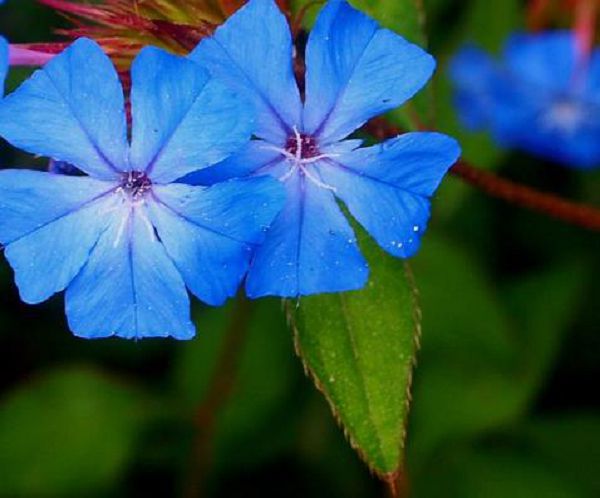Watering method of potted flowers
Most of the water in the plant is water, which accounts for 75% to 90% of the plant fresh weight. Potted flowers are mainly watered, so it is very important to water properly.
Water quality
According to the condition of salt, water is divided into hard water and soft water. Potted flowers had better be irrigated with soft water, because the inorganic salts such as calcium and magnesium contained in hard water often bring harm to the normal physiological activities of flowers. Rain Water, river, lake and pond water are all called soft water, which are generally weakly acidic or neutral, suitable for watering flowers.
At present, tap water and deep well water are commonly used in flower cultivation, which are mostly hard water and often contain chloride ions, which is disadvantageous to the growth of flowers. If possible, it is best to use treated pure water. If unconditional, the tap water should be poured into the tank and stored for 5 to 7 days before use.
Different plants have different requirements for the acidity and alkalinity of water, and the normal physiological activities of most southern flowers are limited under alkaline conditions, resulting in aging and death. For example, camellia, jasmine, gardenia, Milan, rhododendron, etc., are very sensitive to the acidity and alkalinity of soil and water. Black alum can be used to change the pH of water, adding 20 to 50 grams of black alum every 5 kg of water and watering alum every 15 days.
Water temperature
In general, the optimum temperature for flower growth is 20 ℃ to 25 ℃. For example, warm water irrigation from 20 ℃ to 25 ℃ can accelerate the decomposition of organic matter in soil, promote the absorption of root cells, enhance the transport capacity of roots, supply sufficient nutrients to branches and leaves, and promote early germination, early budding and early flowering of flowers.
The difference between the water temperature and the air temperature at that time is not too big, and the temperature difference between the water temperature and the soil temperature should be kept within 5 ℃, so that the phenomenon of root damage will not occur. If the water with large temperature difference between the root system and the soil is suddenly irrigated, the temperature of the root system and the soil suddenly decreases or increases, which will hinder the normal physiological activity of the root system, weaken the water absorption and lead to physiological drought.
Therefore, it is forbidden to water at noon in summer, and it is appropriate to water in the morning and evening. In winter, it is appropriate to water at noon. The temperature of tap water in winter is often lower than room temperature. When you use it, you can add some warm water, which is conducive to the growth of flowers.
Watering method
Most flowers like spraying, water spraying can reduce the surrounding temperature, increase environmental humidity, reduce plant evaporation, wash foliar dust, and improve photosynthesis. Often sprayed flowers, clean branches and leaves, can improve the ornamental value, but blooming flowers and hairy flowers should not spray water.
Family flower cultivation can vary according to conditions, and those without spray pots can also be irrigated directly, but the foliage should be washed regularly with hand water to facilitate the healthy growth of plants.
Related
- What if the leaves of potted flowers turn yellow?
- Florescence Control of several Flowers
- Anti-freezing technology and post-freezing nursing technology of flowers
- What is the classification of flowers? What are the common methods of flower classification?
- Prevention and control of alkali and acid damage of flowers in courtyard
- Technology of Anti-freezing and restoring growth of Flower seedlings in greenhouse and greenhouse
- How does flower fertilization not hurt the root? Fertilization technology of flowers
- Key points of disinfection in flower greenhouse
- Several pesticides that are banned or used cautiously in flowers
- How to fertilize the flowers that watch the leaves?



